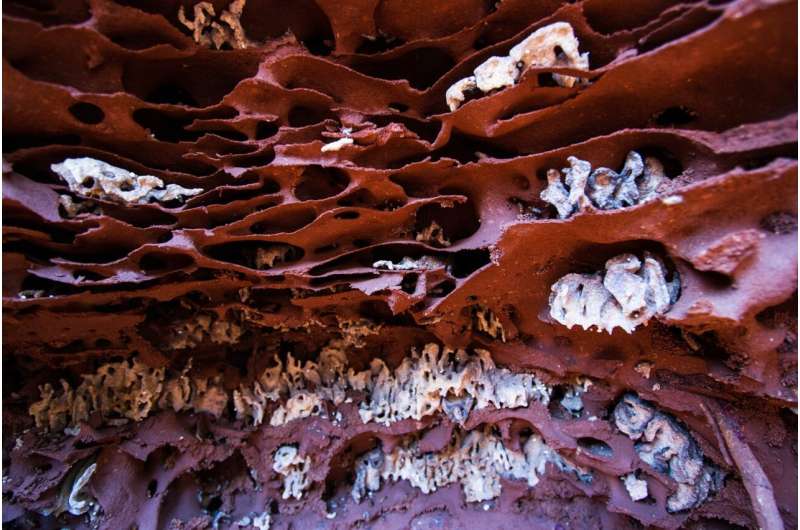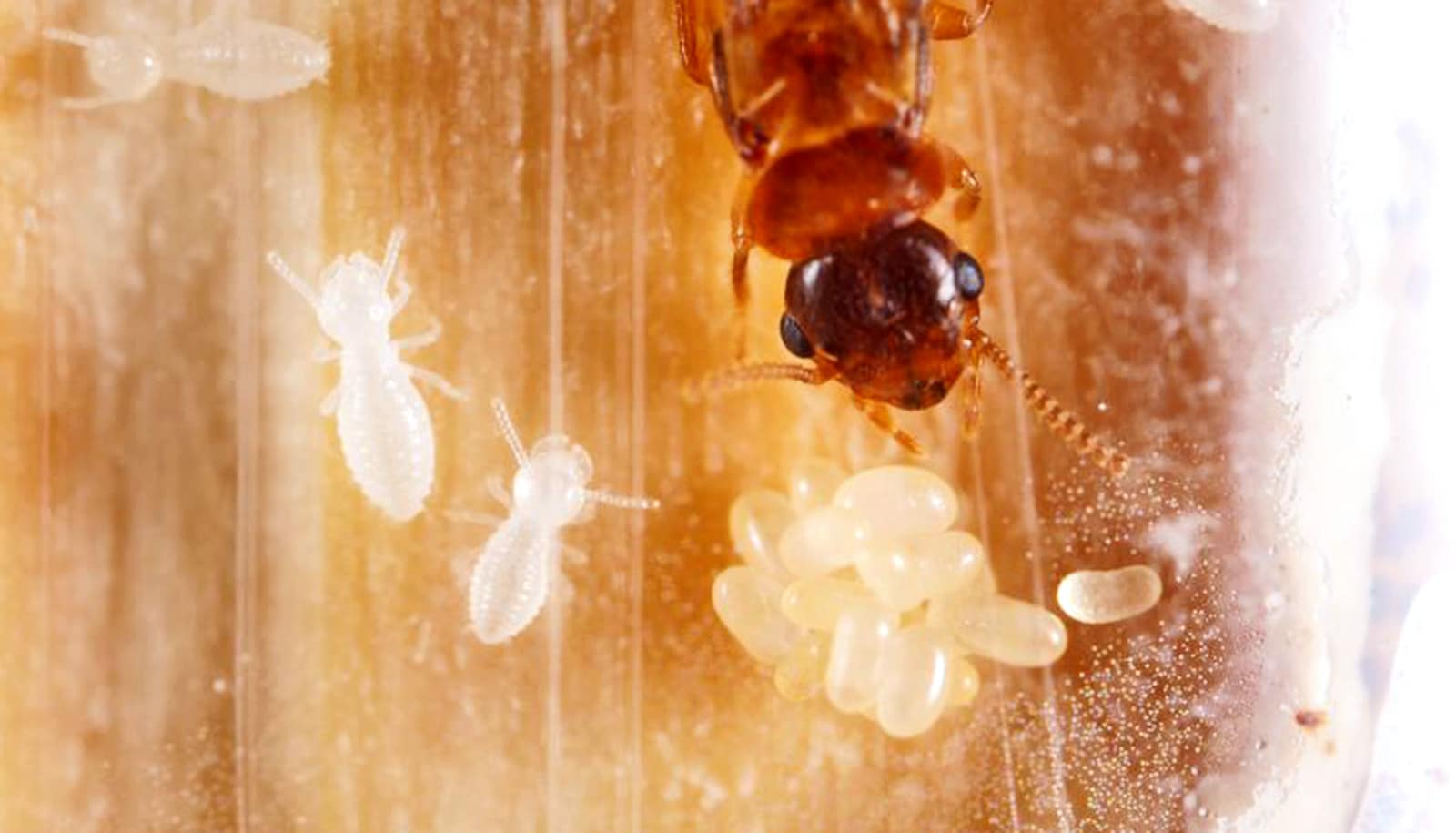Termites in the mushroom garden. Photo credit: Nick Bos
Termites have been cultivating and eating them for 30 million years. This incredible mushroom has more protein than chicken, soy and corn but has yet to be grown by humans. By mimicking termites, scientists from the University of Copenhagen will study whether these fungi can become a sustainable food source for humans.
Termites are more than just pests. In fact, termites in Africa and Asia have been advanced mushroom growers for 30 million years. As a very unique thing in nature, they only cultivate mushrooms for food. And through evolution, they have optimized their fungi to become an ideal food source.
“In general, mushrooms are a good source of protein – and we need sustainable protein alternatives to meat. However, there are relatively few types of edible mushrooms on the market today – those grown primarily for their ease of cultivation, not for their nutritional and health value. Here we have a fungus that has already been naturally optimized as an ideal food source for animals, so it is also of high quality as a human food source,” says Professor Michael Poulsen of the University of Copenhagen’s Institute of Biology.
Poulsen and a group of fellow researchers will now set out to determine what it takes to get Termitomyces fungi into production as a human food source, that is, without termite intervention.
Grow mushrooms with their feces
Termitomyces fungi live in a symbiotic relationship with their termite hosts. In short, termites collect and then eat dead plant materials such as leaves, wood, and grass, which pass through their intestines in a semi-digested state before being excreted into the termite nest.
There the termites cultivate their mushroom farms in specially designed chambers with carefully regulated temperature and humidity. When the termites spread their droppings over the fungus, plant matter is broken down, allowing the fungus to grow. Eventually, the termites consume the fungus as their sole food source.
But these fungi don’t just feed on termites. Once a year they sprout monstrous mushrooms that are collected and sold as an expensive delicacy in Chinese markets and in rural areas of Southeast Asia and Africa, where they are an important food source. Which makes perfect sense, as Poulsen explains:
“These mushrooms contain more protein than chicken and plants like soy, corn and peas, have a better amino acid composition and also contain a wide range of healthy vitamins. Nutritionally, they’re on the high end – and they even taste good. But since they cannot currently be cultivated without termite hosts, their availability as a human food source is limited.”

Mushroom garden in the termite nest. Photo credit: Nick Bos
Restore conditions to termite nests
The research project will take two paths:
“Right now we can grow mushroom mycelium on a small scale, but without mushrooms. We’ll see if we can increase production enough to make it profitable. The idea is to cultivate the mushrooms on leftover plant substrates. In Denmark, that could be wood chips or straw that would otherwise be burned. Here we may be able to convert some of this material into fungal biomass for human or agricultural consumption,” explains Michael Poulsen.
At the same time, the researchers will investigate what is required to promote fungal growth.
“The other avenue we’re going to take is to understand the natural processes involved in the emergence of these fungi. We will try to replicate the same conditions that exist in a termite colony – in terms of temperature, humidity, CO2, composition of plant biomass, etc . At the same time, we will investigate which genes are expressed in the fungi when fungi are produced. If we better understand their biology, we will be better equipped to mimic the conditions fungi require in the laboratory,” says Michael Poulsen.
Professor Poulsen points out that the production of Termitomyces fungi primarily as an alternative source of protein would have high market value. Additionally, large-scale production could have a positive impact on local economies in parts of the world where these fungi already grow naturally but their collection is limited to termite colonies.
Facts:
- Mushroom farming termites belong to the subfamily Macrotermitinae and live in tropical Africa and Southeast Asia.
- Termitomyces is the world’s largest edible fungus, with mushrooms that can reach up to a meter in diameter.
- The protein content of Termitomyces is on the higher end among edible mushrooms and higher than chicken.
- Termitomyces is rich in all nine essential amino acids, and the amino acid composition of the fungus is superior on the same level as that of meat products and that of vegetable proteins.
- The global sales of edible mushrooms was US$16.7 billion (2020) and is expected to reach US$20.4 billion by 2025.
Provided by the University of Copenhagen
Citation: Project tries to learn how to grow super mushrooms, with termites as teachers (2022, December 1), retrieved December 1, 2022 from https://phys.org/news/2022-12-super-mushrooms-termites- teachers.html
This document is protected by copyright. Except for fair trade for the purpose of private study or research, no part may be reproduced without written permission. The content is for informational purposes only.








